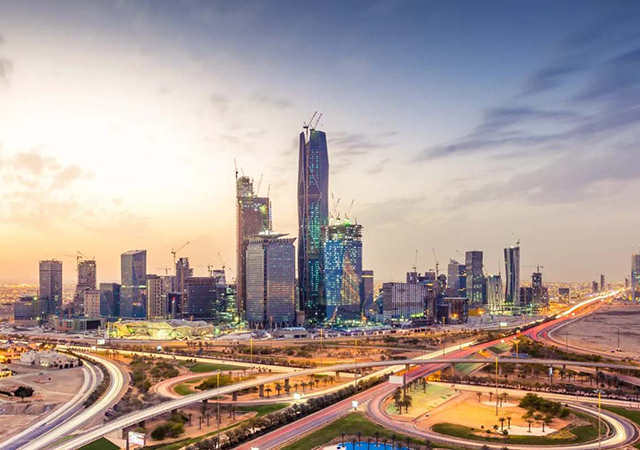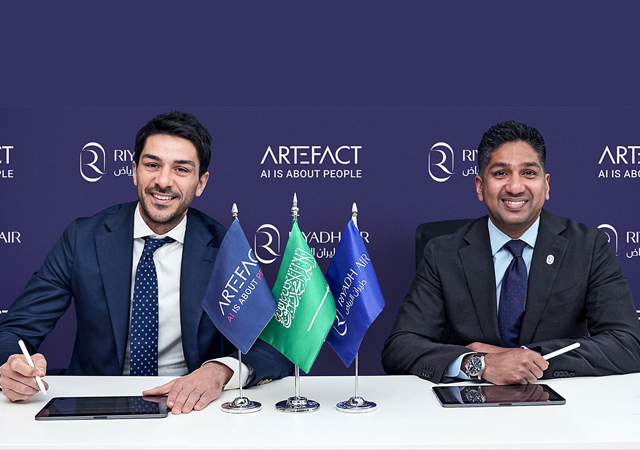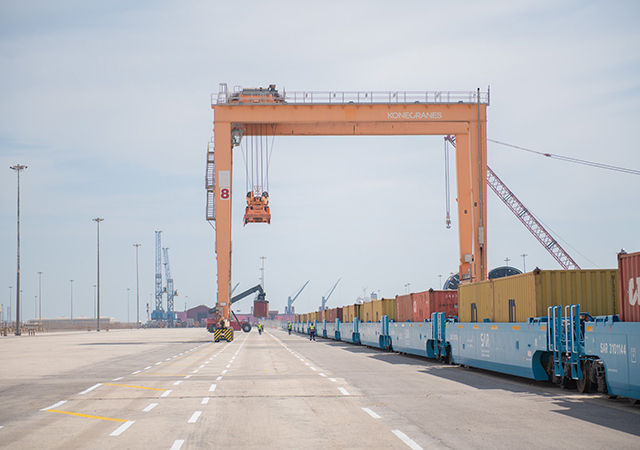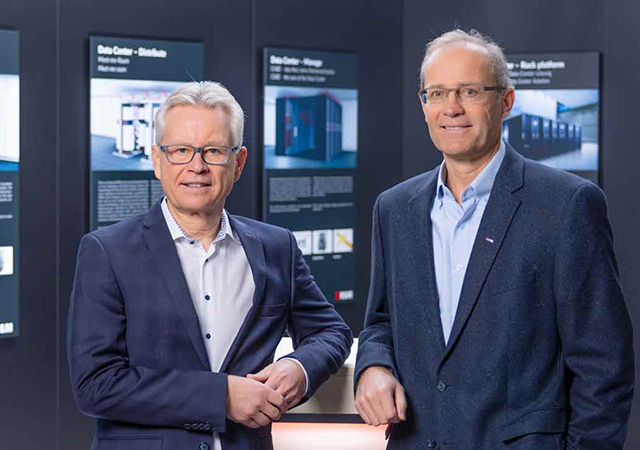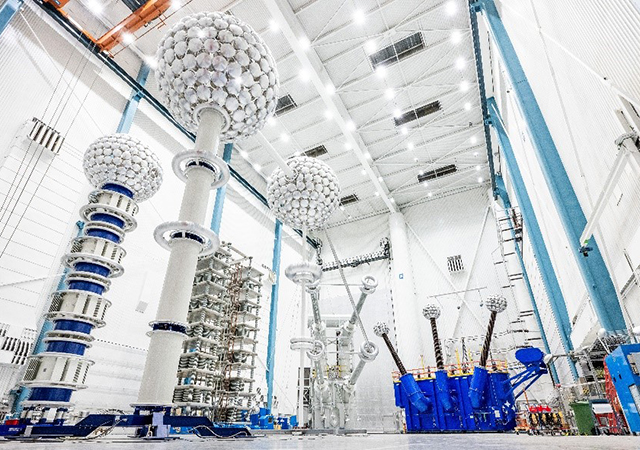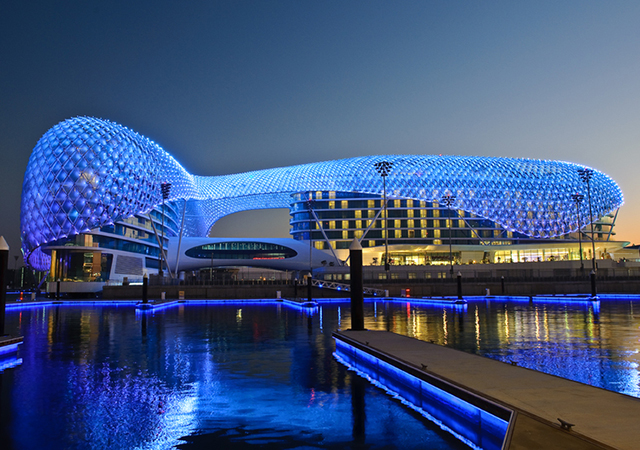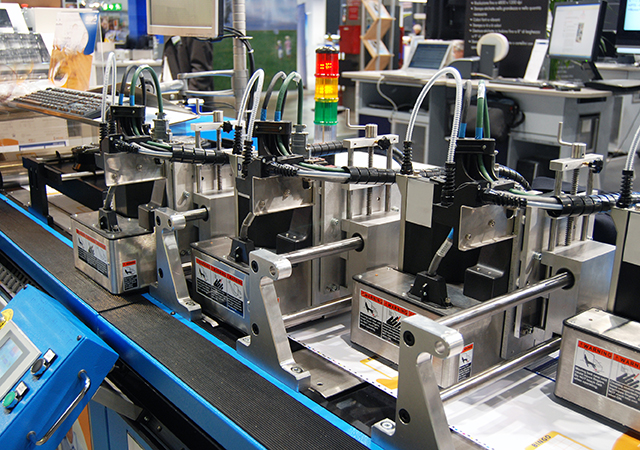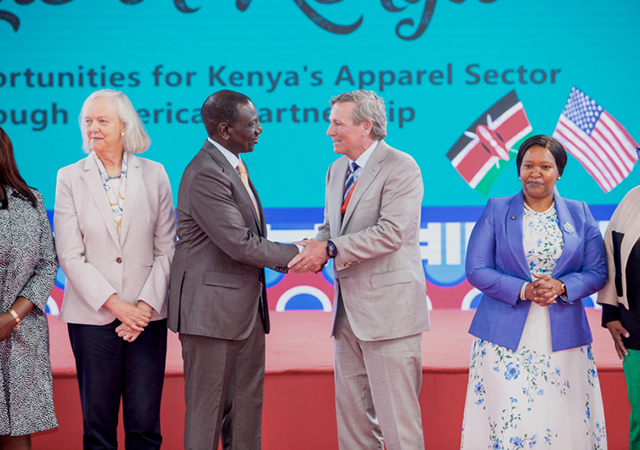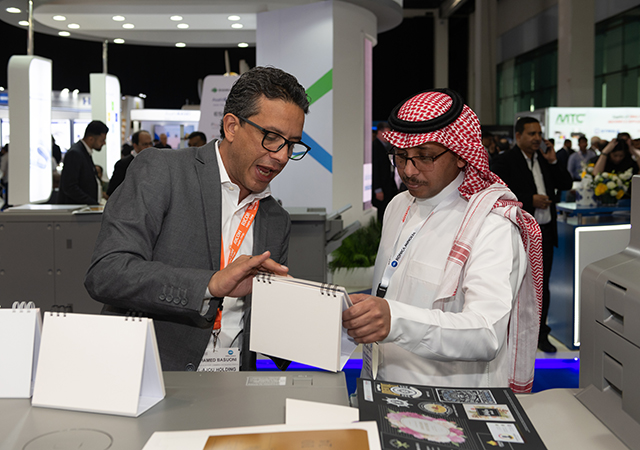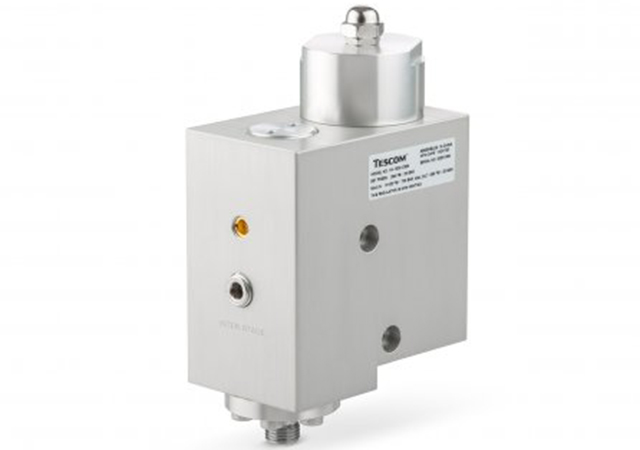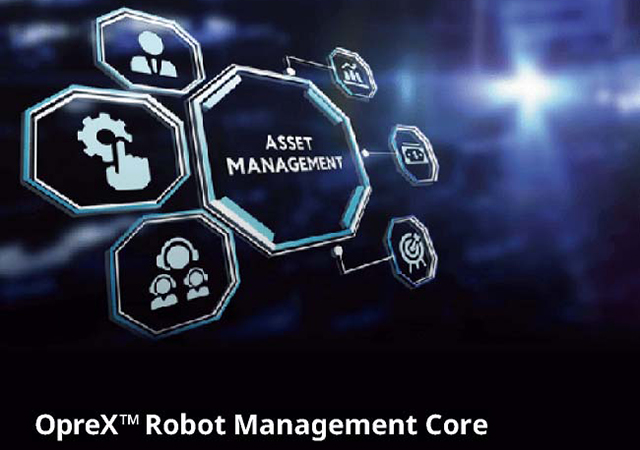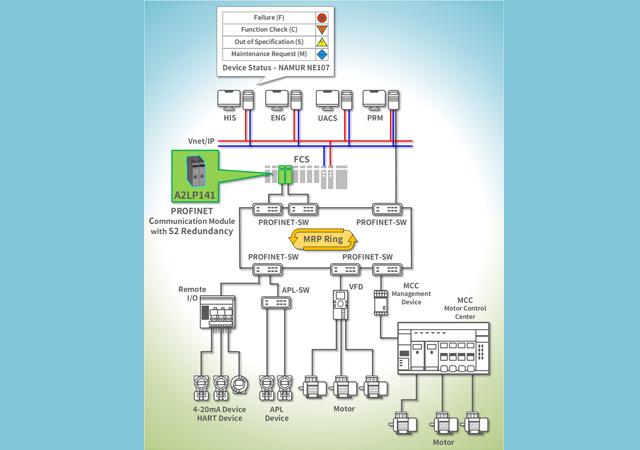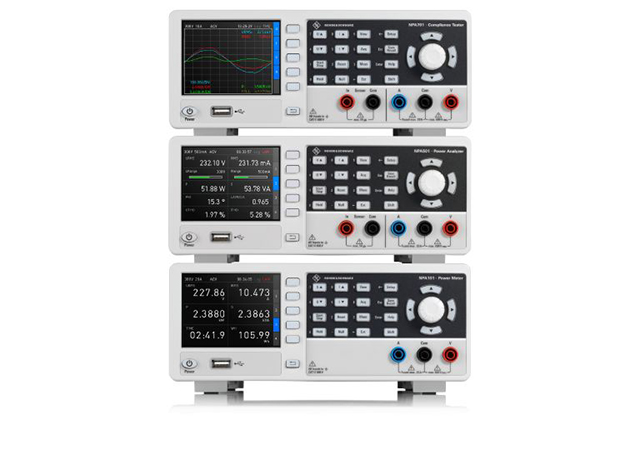
Massive economic growth is driving major seaport expansions in the Middle East worth in excess of $33 billion to handle record volumes of containers and bulk cargoes, say leading maritime industry observers.
“The emergence of strong and diversified maritime companies and operators is making the Middle East, and the Arabian Gulf in particular, one of the most dynamic and vibrant international maritime centres in the world,” said Christopher Hayman, managing director of Seatrade, organisers of Seatrade Middle East Maritime 2008.
The event – the region’s premier maritime sector forum - runs from 14-16 December at Dubai International Convention and Exhibition Centre under the patronage of Sheikh Mohammad bin Rashid Al Maktoum, UAE Vice President, Prime Minister and Ruler of Dubai.
According to the most up-to-date data on new seaport developments or expansions from research company Proleads, which monitors all major regional construction, there are currently around 50 such projects valued at more than $33 billion across the Middle East with individual budgets ranging from $10 million to $5.5 billion.
The region is home to one of the world’s largest container ports in Dubai’s Jebel Ali, which currently handles around 11 million teu a year.
“If growth continues at the same pace as today, Jebel Ali expects to increase capacity to 80 million teu by 2030. The port is already expected to add a further 5 million teu by early next year,” Proleads said.
Countries throughout the region are also planning dramatic increases in their capacity to handle containers and cargo according to the Proleads data. The biggest seaport being planned is Qatar’s New Mesaieed Port ($5.5 billion), heading a top 10 list of new or expansion port projects.
The others are King Abdullah Economic City Seaport, Saudi Arabia ($5 billion); Khalifa Port and Industrial Zone, Abu Dhabi ($2.5 billion); Sirte Port, Libya ($2 billion); Ras Laffan Port, Qatar ($1.2 billion); Duqm Port, Oman ($1.1 billion); Bubiyan Island, Kuwait ($1 billion); Ras Al Zour Port, Saudi Arabia ($700 million); Red Sea Gateway Terminal, Jeddah Islamic Port, Saudi Arabia ($450 million); and Port Sultan Qaboos, Oman ($400 million).
“Middle East optimism in the maritime industry is founded on increasing demand for oil and gas worldwide, the vital role the region plays as a strategic trading hub and link between Europe and the Far East, and the continuing strength and vibrancy of regional economies,” Hayman said.
Middle East port operators expanding beyoond the region. Dubai’s DP World, the fourth largest port and terminal operator worldwide, is expanding operations across the Indian Subcontinent, the Far East, Europe, the Americas and Australia as well as the Middle East.

